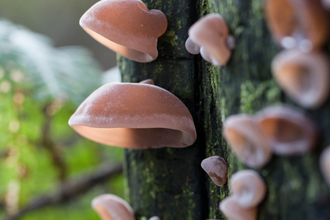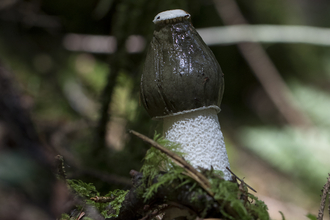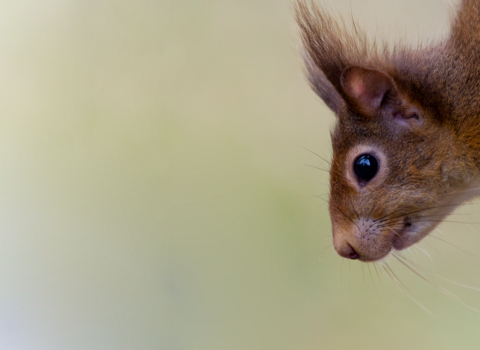Ali Mckernan
Morel
This unique fungus is one of the most sought after spring fungi of them all.
Scientific name
Morchella vulgarisWhen to see
April - MaySpecies information
Category
Statistics
Fruit body: 5 - 20cm high; Circumference 7 - 12cmConservation status
Uncommon
Habitats
About
The morel's bizarre bulky form, uncommon status and transient nature means it's really tricky to pin down, only adding to its desirability and exclusivity. Some mycologists have spent years searching for them, and some are still without success!How to identify
There's nothing quite like the sight of a dozen hefty morels basking in the spring sunshine to get one's heart racing. Although similar to other mushrooms in that they have a stem, this one is hollow and the top bears no resemblance to a cap at all. Rather, it looks like a huge blob of honeycomb, with large pits and holes all over. This species has darker pits than than the more yellow 'common morel'.*There are a couple of variants that look very similar - this is one of the three.




